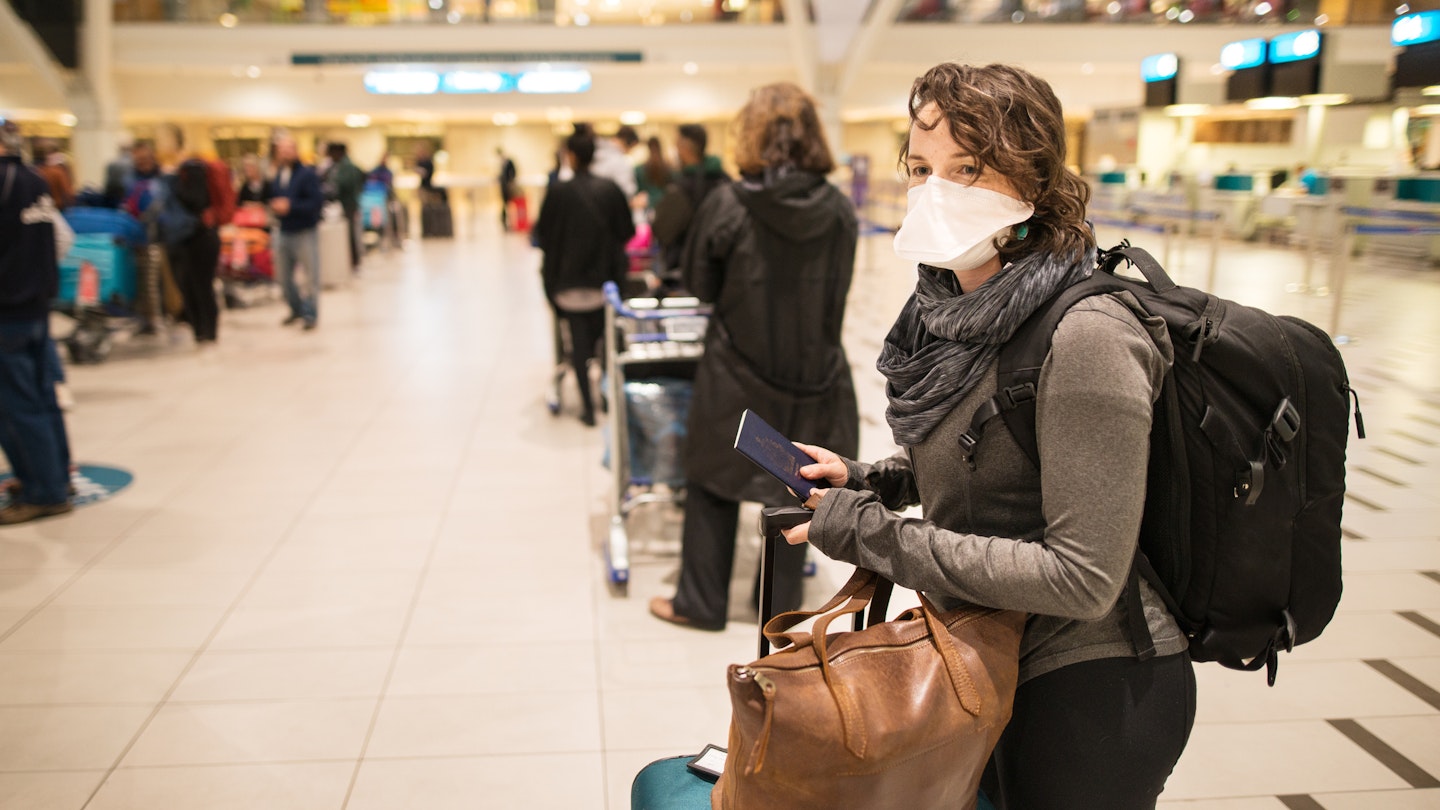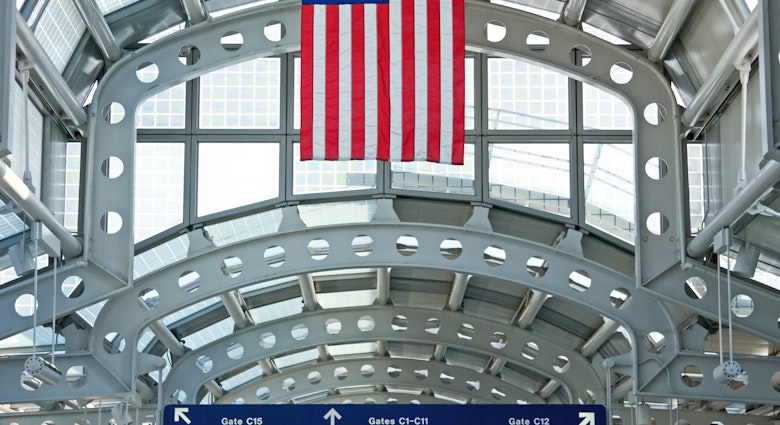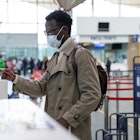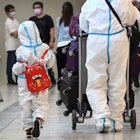A year after the pandemic kept many people at home for the holidays in 2020, airlines in the United States anticipate a surge of domestic travelers ready to regain what they missed out on last year, starting with an increase of air travelers over the Thanksgiving holiday.
Typically, the busiest days for travel are the Wednesday before Thanksgiving and the Sunday after it. This year, those days fall on Wednesday, November 24, and Sunday, November 28.
This travel season might usher in a bit of added holiday stress as it's the first time many will travel by air since restrictions aimed to contain the coronavirus caused the number of air travelers to plummet in March 2020. According to AAA's travel forecast, 53.4 million people will travel for Thanksgiving this year, up 13% from last year and rebounding to near pre-pandemic levels.
If it’s been a bit since you last traveled, you might have forgotten some things about the travel process. Here are a few reminders before you depart to keep your travel plans on schedule.
Check the travel requirements at your destination
Travelers from the United States planning to use their holidays to travel internationally need to monitor the restrictions at their desired destination. Restrictions surrounding international travel change daily so make sure you continue to stay up-to-date on rules and requirements.
For instance, Europe has seen a surge in cases in recent weeks with countries like the Netherlands, Austria and Greece tightening restrictions, particularly on those who are unvaccinated.
The US Department of State has country-specific information about travel restrictions and advisories available on its website. Consider signing up for the Safe Traveler Enrollment Program (STEP) to receive alerts concerning your destination. The Centers for Disease Control and Prevention also has information for travelers with its own destination-specific advisories.
Lonely Planet and Healthline have partnered to give you up-to-date information about travel during the COVID-19 pandemic.
Read more:What to know about traveling with unvaccinated kids

Schedule your COVID-19 reentry test early
The CDC recommends you do not travel internationally before you are fully vaccinated. When you decide to travel internationally, you'll need to plan where you'll get a COVID-19 test in order to return home.
The United States requires entering travelers to show proof of a negative COVID-19 test administered no more than three days prior to departure for vaccinated returning travelers, one day prior to departure for unvaccinated travelers (those who've recently recovered from COVID-19 [within previous 90 days] are exempt from testing requirements).
Track down where you can get tested in your destination and make an appointment if necessary before you depart to save yourself some hassle.
Read more:PCR tests for travel: everything you need to know
Airports will be busy. Arrive early
Air passenger traffic in the United States has rebounded with security checkpoints reporting screening numbers nearing pre-pandemic levels. The airlines and the Transportation Security Administration have ramped up hiring to accommodate the increase in travel but you may still find lines at check-in and security. Give yourself plenty of time to manage this by arriving at the airport early.
If you have a medical or personal situation that requires a little extra help or patience as you navigate security, contact TSA Cares before you depart to let them know before you arrive. The agency will assign an agent to help you navigate security. You can fill out a request form online or contact TSA at (855) 787-2227.

Pack snacks, leave your booze in your carry-on
Airports are also struggling to rebuild staff for restaurants and retailers in their terminals. You may find long lines and in some cases, restaurants closed or working with limited hours due to the staffing shortage. Pack some snacks just in case.
One buzzkill here: Leave the booze at home or stowed in your checked or carry-on bag. Though TSA allows bottles of alcohol under 3.4 ounces through security if packed in the liquids bag and some airport restaurants might allow you to take a to-go cup from the bar, the Federal Aviation Administration regulations prohibit you from drinking alcohol on a flight unless it is served by air carrier staff. If you're caught pouring your own, you’ll face a fine stiffer than your drink. The FAA has reported several incidents where unruly passengers were also consuming alcohol that was not served by a flight attendant.
Leave prohibited items at home
After not flying for a while, refamiliarize yourself with what is prohibited from going through security. Liquids in your carry-on bag must be less than 3.4 ounces and fit in one quart-sized bag. Large items will need to go in your checked bag.
Have a question about whether an item can go through security? Check out the “What can I bring” section of the TSA’s website.
TSA agents say the most common thing they hear from the people they stop for prohibited items is “I forgot I had that!” To avoid embarrassment from being stopped at security, make sure you do a quick search of your own bag before you pack it to make sure it’s completely empty. That means check all the corners and pockets, too.

Wear your mask, pack patience
In the past year, the FAA has seen an increase in disruptive and violent passengers. As a result, the agency instituted a no-tolerance policy for those who disrupt flights or disregard instructions from a flight crew. Under the FAA's reauthorization bill, the agency can fine unruly passengers up to $37,000 per violation.
As of November 9, 2021, the FAA had received 5,114 reports of unruly passengers so far this year. More than 3,700 of those were over wearing masks on the plane.
The federal mandate requiring passengers to wear a mask on transit in the United States continues until January 18, 2022. You’ll need to wear a mask on the plane, as will all passengers over the age of two. Pick one that can be worn comfortably over the length of your travel.
You might also like:
The Well Traveled Path: Dr. Jenny Yu on returning to travel
What do I do if my flight gets cancelled—and can I get a refund?
Will my health insurance cover getting COVID-19 while traveling in the US—or abroad?












